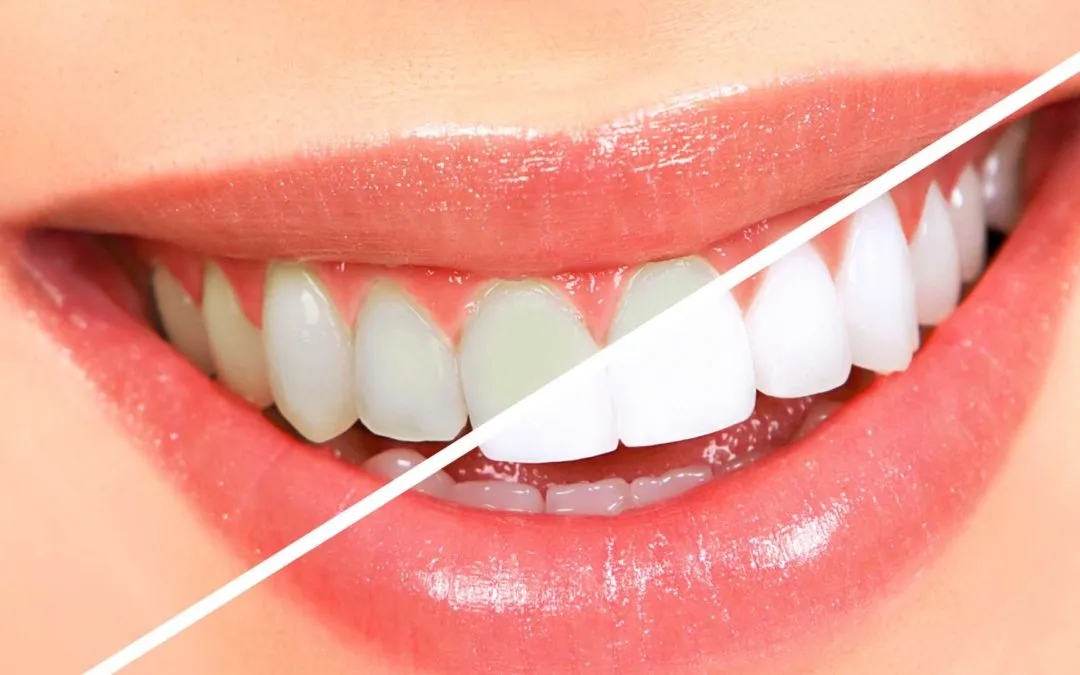Teeth Whitening Risks Overview
Teeth whitening has become a popular cosmetic procedure, promising brighter smiles and increased confidence. However, it’s crucial to be aware of the potential dangers associated with this process. While many individuals achieve desirable results, it’s essential to understand the risks involved and take necessary precautions. This article delves into the top 5 risks of teeth whitening, providing a comprehensive guide to help you make informed decisions about your oral health. Understanding these potential downsides is the first step toward ensuring a safe and effective teeth whitening experience. Knowing what to expect can empower you to communicate effectively with your dentist and choose the most suitable whitening method for your unique needs. Prioritizing your oral health should always be the guiding principle.
Tooth Sensitivity The Primary Concern
Tooth sensitivity is perhaps the most common and well-known side effect of teeth whitening. Many people experience temporary discomfort or sensitivity after the procedure. This occurs because the whitening agents, typically hydrogen peroxide or carbamide peroxide, penetrate the enamel and dentin layers of the teeth. This process can irritate the nerves within the teeth, leading to increased sensitivity to hot, cold, sweet, or acidic foods and drinks. The severity of sensitivity can vary greatly depending on the individual, the concentration of the whitening agent, and the duration of the treatment. While usually temporary, it can be quite bothersome for some individuals.
Causes of Increased Sensitivity
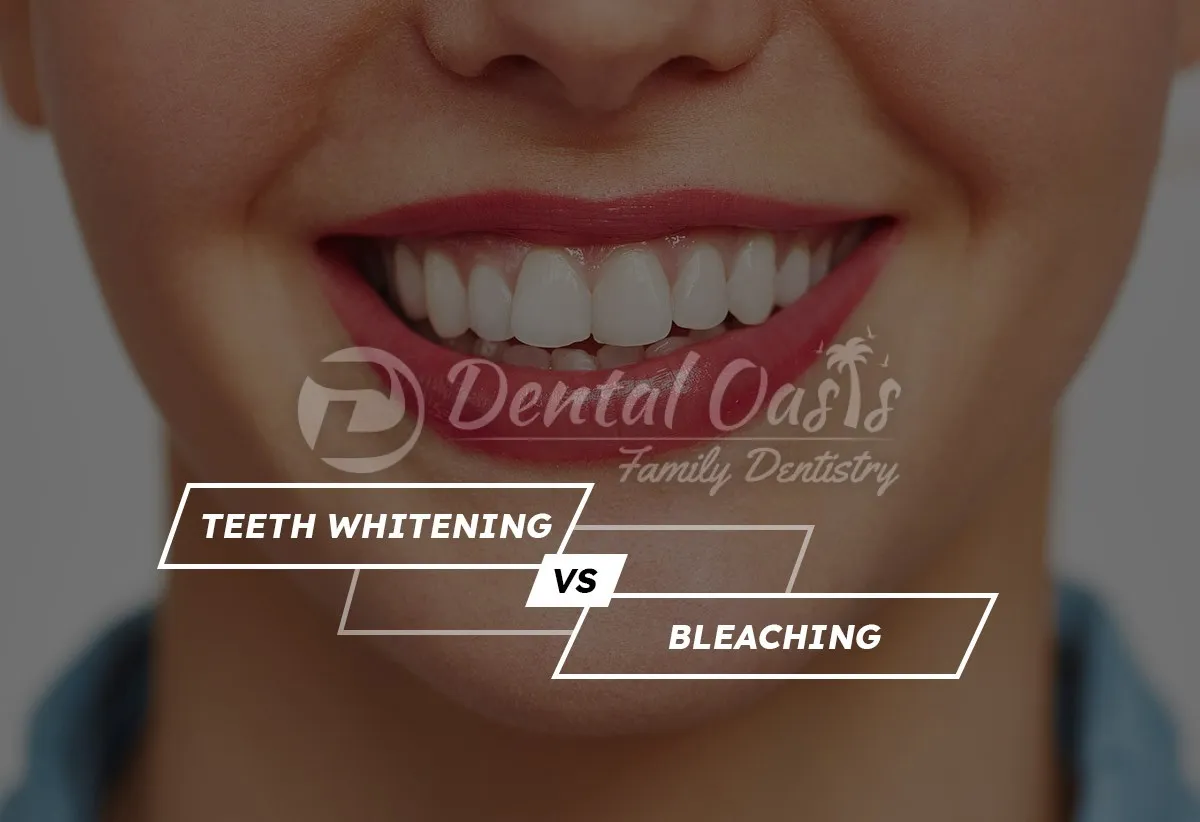
Several factors contribute to increased tooth sensitivity during teeth whitening. The concentration of the whitening agent plays a significant role; higher concentrations often lead to more intense sensitivity. The length of time the agent is in contact with the teeth is also a factor; longer treatment durations can exacerbate sensitivity. Pre-existing dental conditions, such as cavities, exposed roots, or thin enamel, can make teeth more susceptible to sensitivity. Additionally, using whitening products more frequently than recommended can increase the likelihood of experiencing this side effect. Individual tooth structure and the natural porosity of enamel also influence sensitivity levels.
Managing Sensitivity During Whitening
Fortunately, there are several ways to manage and minimize tooth sensitivity during teeth whitening. Using desensitizing toothpaste containing ingredients like potassium nitrate before, during, and after the whitening process can help block the nerve signals that cause sensitivity. Reducing the frequency or duration of whitening treatments can also alleviate discomfort. Your dentist may recommend using a lower concentration of the whitening agent or suggest a custom-fitted tray to prevent excess exposure. Avoiding extremely hot or cold foods and drinks during the whitening period can also help reduce sensitivity. In some cases, your dentist might recommend fluoride treatments to strengthen enamel and reduce sensitivity.
Gum Irritation Inflammation and Damage
Another potential risk of teeth whitening is gum irritation, which can range from mild inflammation to more severe damage. Whitening agents, especially those with high concentrations, can come into contact with the gums during the procedure. This contact can cause irritation, leading to redness, swelling, and soreness. In some cases, the gums may even become blistered or develop chemical burns. Improperly fitted whitening trays or using excessive amounts of whitening gel can increase the likelihood of gum irritation. This risk is more pronounced with at-home whitening kits where the user might not have the same level of professional guidance.
Causes of Gum Problems
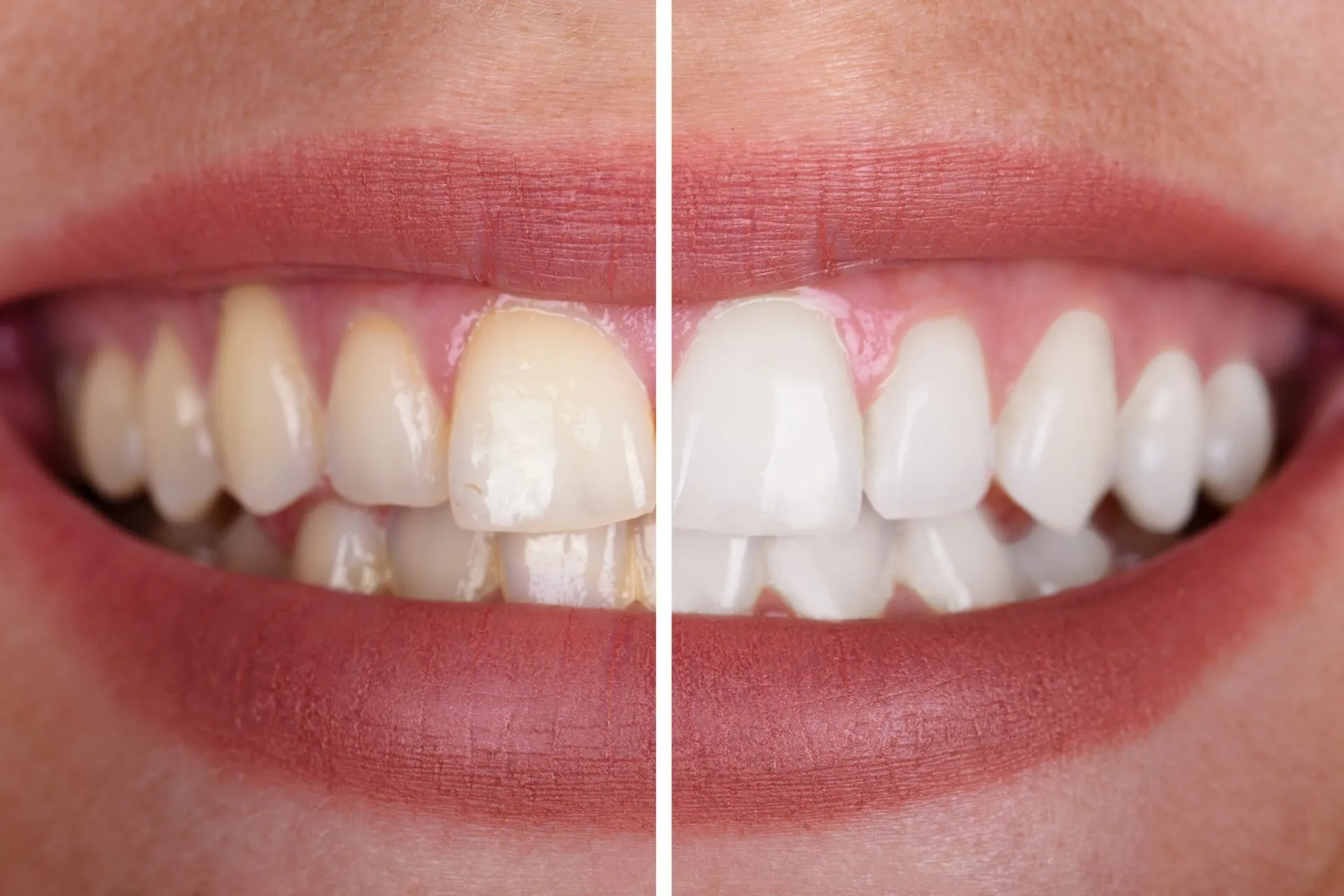
Several factors contribute to gum problems during teeth whitening. The concentration of the whitening agent is a key factor; higher concentrations are more likely to cause irritation. Poorly fitted whitening trays can allow the gel to leak onto the gums, leading to direct contact and irritation. Overfilling the trays can also increase the risk. Individuals with pre-existing gum conditions, such as gingivitis or periodontitis, are often more susceptible to irritation. Using whitening products too frequently or for extended periods can also exacerbate gum problems. Moreover, some individuals may have a natural sensitivity to the whitening agents themselves.
Preventing Gum Irritation
Preventing gum irritation during teeth whitening involves several strategies. Using custom-fitted trays provided by a dentist is crucial to ensure the whitening agent stays in contact with the teeth and minimizes exposure to the gums. Following the instructions provided by your dentist or the product manufacturer precisely is essential. Avoiding overfilling the trays and removing any excess gel immediately can help prevent irritation. If you experience gum irritation, rinse your mouth thoroughly with water and consider pausing or reducing the frequency of whitening treatments. Your dentist may also recommend applying a protective barrier to the gums before the procedure. It is always best to consult with a dentist to ensure a safe and effective treatment plan.
Enamel Damage Potential Risks
While generally considered safe when used as directed, there are potential risks of enamel damage associated with teeth whitening. Enamel, the hard outer layer of the tooth, can be weakened by excessive or improper use of whitening agents. Overuse of these agents can lead to demineralization of the enamel, making it more susceptible to erosion, staining, and sensitivity. The long-term effects of frequent or aggressive whitening treatments are still being studied, but it is prudent to be cautious. The potential for enamel damage underscores the importance of following professional guidance and avoiding excessive whitening.
The Role of Whitening Agents
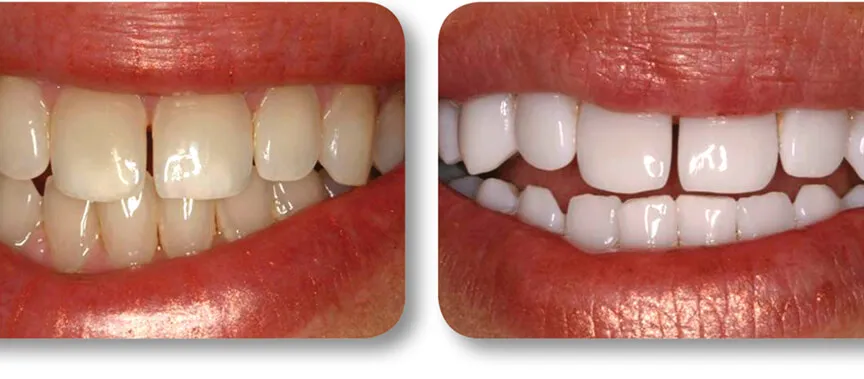
Whitening agents, such as hydrogen peroxide and carbamide peroxide, work by breaking down the stains and discoloration on the enamel surface. However, these agents can also have an impact on the enamel’s structure. High concentrations of these agents or prolonged exposure can lead to the removal of minerals, weakening the enamel. The pH levels of the whitening products can also affect the enamel. Products with extreme pH levels, whether acidic or alkaline, can contribute to enamel erosion. The effectiveness of these agents depends on the concentration, the contact time, and the individual’s oral health.
Minimizing Enamel Risks
Several measures can minimize the risks of enamel damage during teeth whitening. Following your dentist’s instructions carefully is essential; they can recommend the appropriate concentration and duration of treatment for your specific needs. Avoiding overuse and adhering to the recommended frequency is also crucial. Using fluoride toothpaste and rinses can help strengthen enamel and remineralize it, countering the effects of whitening agents. Choosing professional whitening treatments over at-home kits can provide the benefit of expert oversight and guidance. Regular dental check-ups are necessary to monitor your oral health and identify any potential enamel damage early on.
Uneven Whitening and Spotting
Uneven whitening and spotting are common cosmetic concerns associated with teeth whitening. This occurs when the whitening agent does not penetrate the enamel uniformly, resulting in patches of varying shades across the teeth. This can be particularly noticeable if the teeth have pre-existing fillings, crowns, or veneers, as these restorations do not whiten in the same way as natural enamel. In some cases, the teeth may develop white spots or streaks, which can detract from the overall aesthetic result. These uneven results can be frustrating and may require additional treatments to correct.
Causes of Uneven Results
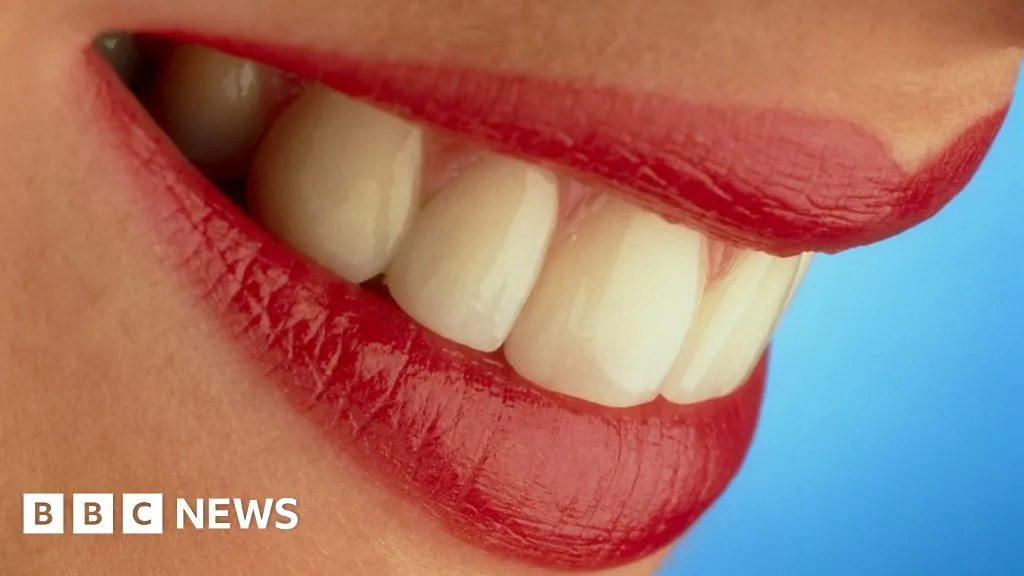
Several factors can contribute to uneven whitening results. The density of the enamel varies across different areas of the teeth, affecting how the whitening agent penetrates. Teeth with intrinsic stains, such as those caused by medications or fluorosis, may not whiten as evenly as those with extrinsic stains. Fillings, crowns, and veneers do not respond to whitening agents, creating a contrast with the surrounding natural teeth. Using the whitening agent improperly, such as applying it unevenly or not using a custom-fitted tray, can also lead to uneven results. The presence of plaque or tartar can also block the whitening agent from reaching the enamel evenly.
Solutions for Uneven Whitening
Addressing uneven whitening often requires professional intervention. Your dentist can assess the cause of the unevenness and recommend the appropriate treatment. In some cases, additional whitening treatments may be needed to achieve a more uniform result. For teeth with fillings or crowns, your dentist may recommend replacing them to match the new shade of your whitened teeth. Microabrasion, a procedure that removes surface stains, can help improve the appearance of white spots. Using custom-fitted trays and following your dentist’s instructions precisely can help prevent future unevenness. In some cases, veneers or other cosmetic procedures might be suggested to create a consistently white smile.
Allergic Reactions and Other Issues
While rare, allergic reactions and other adverse effects can occur with teeth whitening. Some individuals may be sensitive to the ingredients in the whitening agents, leading to allergic reactions. These reactions can manifest as symptoms such as skin rashes, itching, or swelling. Besides allergic reactions, other issues may arise, including changes in the tooth structure or the potential for dehydration of the teeth. It’s essential to be aware of these less common but possible side effects and to seek professional help if you experience any concerning symptoms.
Identifying Allergic Reactions
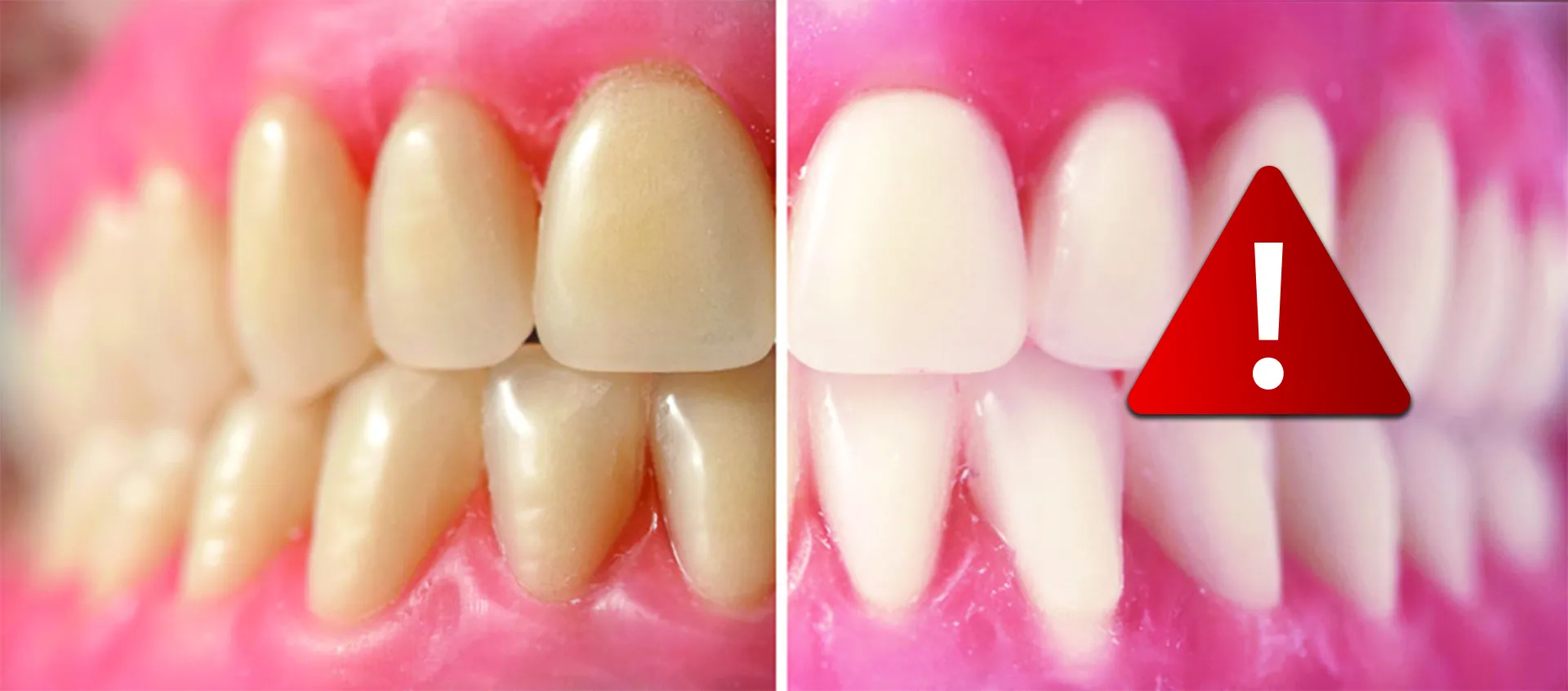
Identifying an allergic reaction to teeth whitening involves recognizing the symptoms. These symptoms might include skin rashes around the mouth or on the face, itching, hives, swelling of the lips, tongue, or throat, or difficulty breathing. If you experience any of these symptoms after teeth whitening, it’s crucial to stop the treatment immediately and seek medical attention. Inform your dentist about the symptoms and the whitening products you used. Allergic reactions require prompt treatment to prevent severe complications. In some cases, allergy testing may be recommended to identify the specific ingredients causing the reaction.
Other Potential Side Effects
Besides allergic reactions, other side effects may occur. Some people may experience dehydration of the teeth, leading to temporary changes in the tooth structure. Others might experience a mild burning sensation or irritation of the soft tissues in the mouth. In very rare cases, teeth whitening has been linked to temporary changes in tooth sensitivity that go beyond the typical discomfort. The potential for these side effects emphasizes the importance of consulting with a dentist, using products as directed, and being vigilant for any unusual symptoms. If you notice anything out of the ordinary, it is always best to contact your dentist for advice.
In conclusion, while teeth whitening can significantly enhance your smile’s aesthetics, it’s crucial to be aware of the potential dangers. Tooth sensitivity, gum irritation, enamel damage, uneven whitening, and allergic reactions are among the possible risks. However, by understanding these risks and following professional guidance, you can minimize the chances of adverse effects and enjoy a brighter, healthier smile. Always consult with your dentist to determine the most suitable whitening method for your needs and to ensure a safe and effective experience. Prioritize your oral health and make informed decisions for a beautiful and healthy smile. Consider other teeth whitening alternatives.
